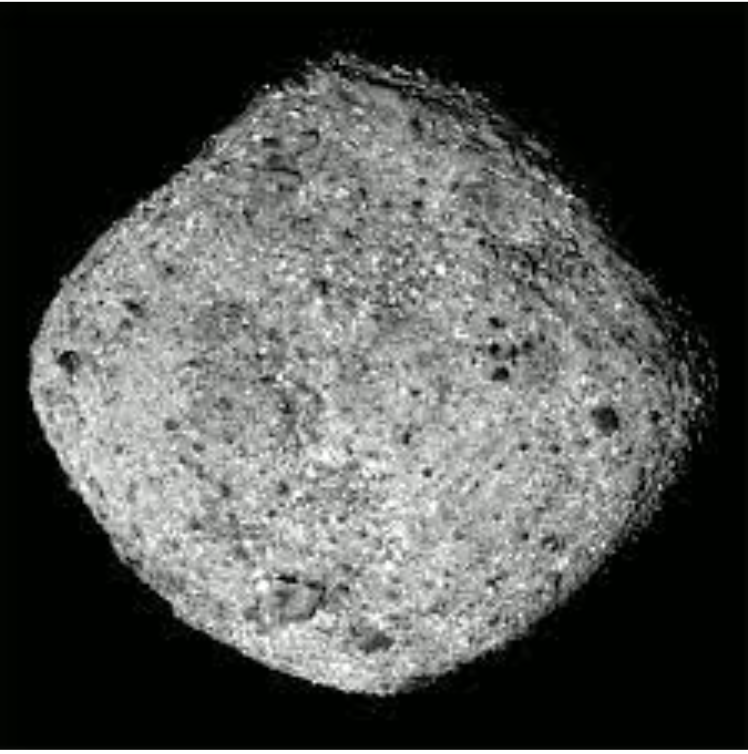Armageddon 2.0: NASA sends probe to divert asteroid
Asteroid floating in outer space.
On September 26, 2022, NASA launched its spacecraft, DART, into space to knock an asteroid off its course.
The expedition’s purpose was to see if it was possible to change the trajectory of an asteroid, in case of an “armageddon event,” where an asteroid would collide with the Earth, causing considerable damage.
However, instead of nuking the asteroid, NASA planned to send a spacecraft to strike the asteroid with enough force to push it off its initial route. If their plan succeeds, it would be a grand feat of human ingenuity, for both asteroids and comets have plagued society for millennia.
Asteroids have the potential to wipe out civilizations, the human race, or the entirety of all life on Earth. When comets would streak through the night sky, people viewed the passing comet as an omen of bad luck, signaling disaster and calamity.
There was no understanding of comets or asteroids, or how to prevent them from potentially exterminating life on Earth.
Now, with our expanded understanding of asteroids, our fear of asteroids doesn’t result from a misunderstanding of them, but from our extensive knowledge and understanding of them.
If NASA’s mission succeeds, hopefully, they will change the potential fear of a mass extinction event, resulting from an asteroid collision.
The asteroid NASA hit with its spacecraft was no bigger than a football field. It’s so small it orbits another asteroid.
Small asteroids, as such, aren’t threatening, since they don’t claim enough mass to gather enough force to inflict serious damage on Earth.
The asteroid that took out the dinosaurs was approximately 15 kilometers or around 9 miles.
Asteroids similar in size, or larger, are what NASA hopes to avoid colliding with in the future.
Your donation will support the student journalists of Highlands High School. Your contribution will allow us to cover our annual website hosting costs.



